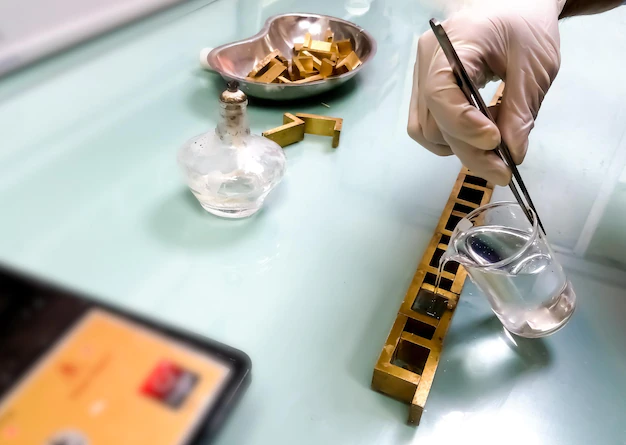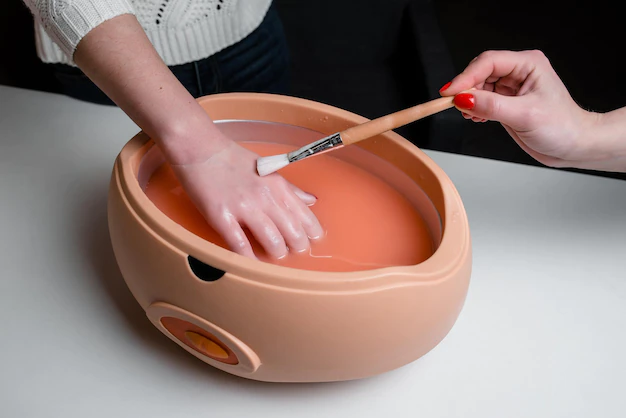Introduction of liquid paraffin
Paraffin is one of the special chemical compounds, that has created countless fans in all industrial and non-industrial sectors due to its variety and different uses. This substance is colorless and odorless and it is also considered a petroleum derivative, and compared to the application that is expected, it is found in the market in the form of liquid and solid paraffin.
Paraffin is a hydrocarbon compound and is produced in the petrochemical industry through petroleum or coal. It is interesting to know that all the carbon atoms in this compound are connected to each other. This compound was discovered in the 19th century by a German scientist, named Karl von Reichenbach, Reichenbach extracted this substance when he was trying to find a way to purify the oily compounds of the petrochemical industry and after that, in the 20th century, this substance entered into candle making and packaging industry, and also production of industrial oils. The chemical formula of paraffin is CnH2n+2. This compound is found in both liquid and solid forms, the liquid paraffin type is used more in the industry, and the solid type is widely used in candle making.

Introduction of paraffin types
- Solid Paraffin
Among the ingredients of solid paraffin is about 3 to 5% of oil. The melting temperature of this substance is between 58 and 60° C, and it freezes at 55° C, and for this reason, this substance is seen more in the solid form. Solid paraffin is also divided into three parts:
- Hygienic Paraffin
- Edible Paraffin
- Industrial Paraffin
2.liquid Paraffi
In fact, liquid paraffin is one of the refined and pure types of paraffin, which is widely used in the cosmetic and pharmaceutical industries. Liquid paraffin is a colorless, transparent, odorless and oily liquid that is created through the saturation of hydrocarbons in the petrochemical industry. In terms of classification, paraffin is considered as mineral oil.
In general, two different types of liquid paraffin are produced. The first extracted type is called kerosene, of course it is also known as kerosene or lamp oil and is used as a fuel, and the second type is refined hygienic paraffin with a very high purity percentage, which is used in the production of cosmetic, health and medicine products.
Paraffin has been known as a suitable oil since past times. This oil burns very cleanly and creates the least amount of smoke compared to other animal and mineral oils. However, the various impurities in it, has limited its applications in various fields, especially hygienic and therapeutic applications.
Although it is possible to purify this mineral, paraffin is also used in most creams, lotions and health products and even in some medicines. Even with the development of the industry and the production of highly advanced machines, that have metal parts, paraffin has been directed to the industrial sector too.

Studying the use of Liquid Paraffin
In cosmetic products and creams, hygienic liquid paraffin, which is considered as mineral oil, is used. Paraffin keeps the moisture of the skin and will protect the skin against ultraviolet rays.
One of the basic uses of this type of liquid paraffin is, use it as a fuel, which is known as kerosene in the industry. These days, kerosene is used as fuel for rockets and airplanes, and also for burning in factories and creating heat.
Other uses are in the food industry, that uses paraffin as a coating layer to extend the life and preserve fruits and eggs. This substance is also used in the production of some edible oils. Of course, considering the harm of using paraffin in feed, this is not recommended from health point of view.
One of the properties of paraffin is that, if it is swallowed, it is not absorbed in the digestive system and passes directly. For this reason, hygienic liquid paraffin is used for preparing laxatives to treat constipation.
This type of paraffin, known as industrial liquid paraffin, acts as a lubricating oil and is used as a hydraulic oil in machinery. It is especially used in the paper industry to lubricate the blades used to cut paper, and in the textile industry it is used as a lubricant of sewing machine.
Liquid paraffin is white and transparent. It boils at 175° C and vaporizes at 265° C. So, it is used in candle making, match making, cable making and battery making industries. Among the applications of this liquid sample are things such as producing fabric, glue and industrial papers.
Manner of producing paraffin in the industry
Paraffin is produced in both circular and conventional forms in refining and petrochemical industries. Its normal type is produced in the refining and petrochemical industry as mentioned above. First, normal paraffin is removed from petroleum compounds, and ammonia can be used for better separation of paraffin. This sample of composition after separation is used for raw materials in petrochemicals in preparing industrial detergents.
Cyclic paraffin is produced through hydrogenation of aromatic carbons during production. Indeed, the hydrogenation reaction is a process with high heat. This method of carbon hydrogenation, which is used to produce paraffin, is implemented on platinum and nickel.

Manner of selling liquid paraffin
Different types of industrial liquid paraffin and hygienic (medicinal) liquid paraffin are usually found in the market in different forms and also in different packages. Of course, the price of liquid paraffin varies according to economic fluctuations, so for knowing the price of paraffin and also buying this product, you can contact the experts of our sales department.

